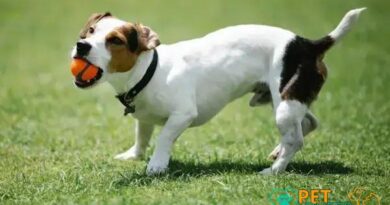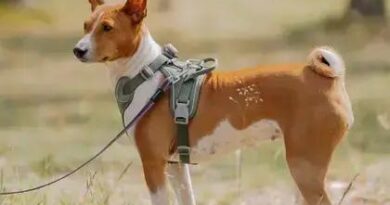Curiosities about the Cocker Spaniel: Discover Fun Facts Now!
Curiosities about the Cocker Spaniel are endless! This delightful breed, known for its affectionate nature and distinctive looks, has captivated dog lovers for generations. If you’re fascinated by the history, unique physical traits, and charming personality of the Cocker Spaniel, keep reading. You’ll discover surprising facts that make this breed so special.
History and Origin of Cocker Spaniels
The history of Cocker Spaniels dates back to the 14th century, with their origin rooted in Spain. Initially, they were part of a larger group simply known as spaniels. These versatile dogs were mainly bred for hunting, specifically for their ability to flush game out of dense bushes and retrieve it upon the master’s command.
Through selective breeding, two main varieties emerged: the American Cocker Spaniel and the English Cocker Spaniel. The distinction between these two breeds became more prominent in the 20th century.
The American Cocker Spaniel came into its own after it was brought to the United States in the late 1800s, where breeders focused on its companionable qualities and adapting it to the show ring. Meanwhile, the English Cocker Spaniel retained much of its hunting prowess and remained a favorite among hunting enthusiasts in the United Kingdom.
Both varieties share common ancestors but have diverged significantly in appearance and temperament. In 1946, the American Kennel Club officially recognized the American Cocker Spaniel as a distinct breed from the English Cocker Spaniel.
Influence on Pop Culture
Cocker Spaniels have captured the people’s imagination for centuries, appearing in various forms of art, literature, and even cinema. One of the most famous representations of the breed is Lady, from the classic Disney movie “Lady and the Tramp.” Their portrayal in media often highlights their charming and affectionate nature.
Unique Physical Traits of the Cocker Spaniel
The distinctive features of Cocker Spaniels make them easily recognizable. One of their most notable traits is their long, floppy ears, which are not only adorable but also serve a purpose. These ears help in capturing and amplifying scents, making them great for tracking.
Cocker Spaniels also possess a silky, wavy coat. This beautiful fur can come in a variety of colors such as black, liver, red, golden, and even tricolor. Regular grooming is essential to keep their coat in top condition and prevent matting.
In addition to their coat and ears, Cocker Spaniels have compact, sturdy bodies. Despite their medium size, they are quite muscular and agile, enabling them to excel in various activities, from hunting to agility competitions.
Another charming physical trait is their expressive eyes, often large and dark. Their eyes, combined with their friendly disposition, make them incredibly appealing and hard to resist. This breed also has a characteristic tail, often docked in regions where the practice is still allowed. The tail, usually carried level with the back, adds to their overall elegance and balance.
Cocker Spaniel’s Personality and Behavior
The Cocker Spaniel’s personality is often described as affectionate and friendly. They are known to be very social and enjoy the company of both humans and other animals. These dogs are highly adaptable and can thrive in various living environments, from apartments to larger homes with yards.
One of the key characteristics of a Cocker Spaniel’s behavior is their playfulness. They love interactive play and playing games like fetch. Their innate hunting instincts make them adept at chasing and retrieving toys.
Cocker Spaniels are intelligent and respond well to training. They can learn new commands and tricks quickly, especially when positive reinforcement methods are used. These dogs are also known for their loyalty and will form strong bonds with their family members, often following them around the house.
A unique aspect of their behavior is their tendency to express emotions. Cocker Spaniels are not shy about showing excitement, happiness, or even sadness through their body language and vocalizations. They may wag their tails energetically when happy or whine when they feel neglected.




